Inferno Canto 12
OVERVIEW
Tony Osborne is a Professor of Communication Studies at Gonzaga University. His research examines leadership and motivation, art, pop culture and film.
Questions for Reflection
- Dante meets many mythical creatures in the rings of the Violent. Interestingly, they are all hybrid creatures: half human, half beast. In canto 12 we meet the Minotaur and the centaurs, for example. What does this fusion of human and beast reveal about Dante’s theology of violence? How does he depict violence as undoing the human person and the possibility of human flourishing?
- How might the hybrid creatures in these circles be ironic or perverse images or invocations of Christ?
- Commenting on the earthquake that shook hell at Christ’s resurrection, Virgil ascribes it to the theory of Empedocles that the world goes through endless cycles of the concord and chaos of its various elements. In Virgil’s explanation, the event of Christ’s resurrection was when the world “felt love” (12.42) before cycling back into dissolution and discord. Why is this not an adequate account of the nature of the world and of history for Dante’s Christian imagination? And yet, is there anything in this account that anticipates the Christian truth of the world?
- What contrapasso must the violent against others suffer? Why are the centaurs the ones who hunt violent souls like mounted cavalry on the shore of the river of blood?
- Why does Dante depict centaurs like Chiron and Nessus the way he does? Does he mean for them to be more rational and humane than the humans being punished in this circle?
- How does Dante the poet draw attention to the human body throughout this canto and why is that an important focus for the themes of this infernal ring?
DETAILS
- Dr. Tony Osborne
- Gonzaga in Florence
- Run Time 7:56








